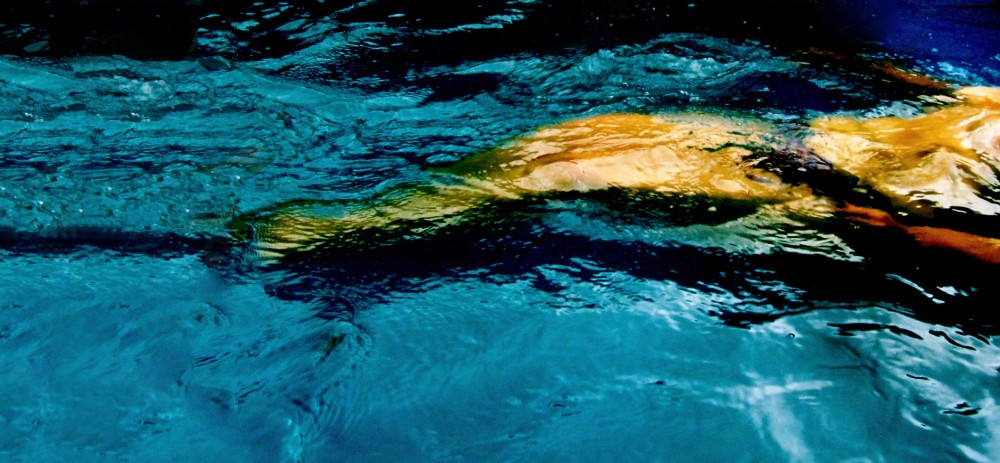I knew there had to be a word for it. I couldn’t be the only one. One of the most comforting consequences of using the Internet is discovering that, no matter how uniquely weird we think we are, we are not alone; someone out there has pondered over the same questions, shared in the same lines of thought or even become a collector of flags – maybe even the same particular type of flags that have caught your eye. By now you must have guessed that a vexillologist is a flag collector.
My own particular brand of vexillology is limited to the little flags that represent the countries of my blog readership – they come up on my site stats to let me know where you all come from. A few weeks ago I became so enchanted by the growing number of different flags from around the world visiting my site that I began to keep a record by copying and pasting them on a Word document, and now I have thirty-one, thanks to today’s newcomer from Croatia (and very pretty it is). I love the fact that, although the majority of my readers hail from Britain, USA and Australia, I seem to be gaining ground in Europe, Scandinavia, South America and the Middle east – tomorrow the world!
My special thanks go to the regular reader from Italy. I’ve had a bit of a thing for all things Italian ever since I came across Montalbano (The Italian Detective) – the television series from Italy – while I was house-sitting in Jimboomba (Australia) last year; Chris obtained the whole series and we’re currently re-visiting each episode for a second time. Montalbano is played by Luca Zingaretti (born on November 11th, like me). I can’t help but wonder if Luca is responsible for the jolly Italian flag that appears on my stats, or is it the handsome Cesare Bocci who plays Mimi? But it’s not a vexing matter even for a vexillologist of sorts.
Wherever you may be, I hope you all have a very happy Christmas!
Vexillology

Flag of the International Federation of Vexillological Associations. It depicts a sheet bend.
Vexillology is the “scientific study of the history, symbolism and usage of flags or, by extension, any interest in flags in general”.[1] The word is a synthesis of the Latin word vexillum (“flag”) and the Greek suffix -logia (“study”). It is formally defined by the constitution of theInternational Federation of Vexillological Associations (known by its French acronym FIAV) as “the creation and development of a body of knowledge about flags of all types, their forms and functions, and of scientific theories and principles based on that knowledge.”
The term was conceived in 1957 by the U.S. scholar and vexillologist Whitney Smith and first appeared in print in 1959 (12). It was originally considered a sub-discipline of heraldry,[1] and is still occasionally seen as such. A person who studies flags is a vexillologist.Vexillography is the art of designing flags; a person who designs flags is a vexillographer. A person who simply likes, admires, or enjoys flags is a vexillophile.
Since 1965, an International Congress of Vexillology (ICV) has been organized every two years under the auspices of FIAV. The 2013 ICV was in Rotterdam, Netherlands.[2] Internet activity of vexillologists is centered on the Flags of the World website and mailing list.
On 29 November 2013, John Christian Vaughan was featured on the front page of The North Shore Times, with the announcement that as a result of his efforts, the termsvexillographer along with vexillography, which had first appeared in newsprint in an interview with Vaughan carried by the same publication in 1976, will be included in subsequent editions of Australia’s Macquarie Dictionary. [3]














